Red Light Therapy (RLT) is used as a non-invasive therapy, which is why a lot of people are noticing that it can be used to relieve pain, including benefiting the health of the eyes. With the popularity of red light therapy devices for home use, then people are more concerned about the safety of the devices, especially for the sensitive eyes, and below we have researched many authoritative sources to explain to you the benefits of red light therapy for eye health.
What Is Red Light Therapy?
Let's first understand what is red light therapy, this is a non-invasive skin care therapy, equipment using specific light waves, the skin to do repair, red light therapy wavelengths are basically between 600 to 650 nanometers, which is after medical grade research on the skin is the safest, but also repair the skin is the most ideal light waves.
RLT works by delivering low-level light energy to the cells of the body. It was accidentally discovered by Endre Mester in 1967 at the Semmelweis Medical University in Budapest, Hungary. He noticed that laser light helped promote hair growth and wound healing in rats. In the 1990s, light-emitting diode (LED) technology was used by scientists to help grow potatoes in space. The intense red LEDs helped promote photosynthesis. Supposedly, it also helped wounds on the scientists’ hands heal faster.
Eye Safety Considerations
The eyes are one of the most sensitive parts of the human body, so before using red light therapy, people are worried about whether this will cause harm to the eyes, the good news is that this is not a problem to worry about, after a lot of authoritative research, it has been proved that it is harmless to the eyes, and it can be a very good way to improve the health of the eyes!
A 2020 study that tested brief daily treatment with a 670 nanometer red light tool for a period of 2 weeks in people over age 40 found that treatment improved color and contrast vision by 20% on average and up to 47% in younger people. The study team reported that 50% of people in the study gained between 5 and 8 lines’ improvement on the standardized visual activity chart, compared with less than 14% in the control groups.
Despite these benefits, caution is warranted. Although LEDs are safer on the eyes than traditional lasers proper eye protection should be worn during RLT. The intensity of the light, rather than the wavelength alone, can cause discomfort or strain, particularly with prolonged exposure. A systematic review into the safety of light therapy for the eyes showed it’s safe for people who are physically healthy and not on medications (such as those that cause photosensitivity).
Do You Need Glasses for Red Light Therapy?
The decision to wear protective glasses during red light therapy is a crucial one to make. Wearing them at the wrong time can make you miss out on the multiple health benefits, while not wearing them when needed can increase the risk of severe eye diseases.
For best results, it's advised to wear protective eyewear whenever using near-infrared radiation (NIR), especially when you're standing in the beam window of the light source. The beam window refers to the area directly ahead of the RLT device at the recommended treatment distance.
These safety glasses prevent the NIR rays from passing directly through your eyes. In addition, these goggles get rid of light sensitivity problems for individuals with high sensitivity to deep red light.
Whereas, eyewear is not mandatory if your eyes are not within the beam window or are outside the area that is being treated. Similarly, if any children or pets are present within the treatment distance, protective eyewear becomes a must for them.
While red light therapy using an LED panel, with an adequate distance in between, is generally safe to perform without glasses, make sure to consult your optometrist about this matter before going ahead.
How to Pick the Right Glasses for Red Light Therapy
With the ever-growing popularity of red light therapy, various brands have come up with innovatively designed protective gear for users. Here's a list of factors that can help you pick the right eye safety equipment to put on during the red light treatment:
1. Gear Type
There are several alternatives available when it comes to eye-protective gadgets. The most popular choices include:
- Glasses: These frames seem similar to the regular ones but feature special lenses that prevent red light from passing through. Eyeglasses are best suited to people with prescription glasses.
- Goggles: RLT goggles are manufactured from lightweight, comfortable, and flexible materials that offer full coverage of the eye area. These goggles are the most in demand and offer maximum protection.
- Eye Patches: These adhesive patches can block red light from entering your eyes but only offer limited coverage in contrast to the other two options.
2. Specified Wavelength
Once you have decided on the type of eyewear, it's time to check whether it's safe and functional for use during red light treatment. Aim for an eyewear that successfully blocks out both red and near-infrared light since they make up the major portion of the beam.
3. Comfort and Fit
A safe and comfortable fit is essential for longer durations of red light treatment. Make sure that the selected eyewear is easy to wear, covers the entire eye region, and sits securely on your face.
4. Certification
Last but not least, always look for a product that is backed by safety standards. For this reason, we suggest browsing through renowned brands, such as Bontanny, who guarantee that the products are up to par after rigorous testing and compliance with the ocular safety standards.
Guidelines for Safe At-Home Use
When using red light therapy devices at home, it’s important to:
- Choose a high-quality device. Make sure to invest in a reputable red light therapy device that meets safety standards and guidelines. A good device will provide the right wavelength and intensity of light, ensuring both effectiveness and safety. An FDA-cleared device signifies that the brand has submitted product information to the FDA for review and the device is deemed safe for at-home use.
- Read the user manual carefully. Before using your red light therapy device, read the user manual carefully and follow the recommended usage guidelines. This includes proper treatment duration, distance from the device, and any specific safety recommendations for eye protection.
- Use eye protection. As mentioned earlier, wearing eye protection can help minimize the risk of discomfort or irritation. Choose the right type of protection based on your device and personal comfort. Specialized goggles or masks designed for red light therapy are recommended to protect your eyes from direct exposure to the therapeutic light. If you’re using a device like an LED face mask, treating the skin on your face with a lamp, or facing a red light panel, you should keep your eyes closed if the light can shine in your eyes.
- Start slow. When beginning red light therapy at home, start with shorter treatment sessions and gradually increase the duration as your body gets used to the therapy. This is especially important for full-body panels that treat the whole body, rather than a more targeted device.
- Avoid direct eye contact. Resist the temptation to gaze directly at the light source. This will help reduce discomfort. If your eyes are sensitive to light or if you take medications that cause photosensitivity, consult a medical professional before use.
-
Prep your skin. Enhance light absorption by ensuring your skin is free from makeup, lotions, or creams before each session.
Things to be aware of
It has also been said on the internet that the use of red light therapy devices can lead to burns, lesions and blisters. Although it is not possible to confirm the authenticity of this, normally red light therapy is safe, it is very likely that they chose a bad quality when they optioned a red light therapy device, it is recommended here that when choosing a therapy device, it is best to choose one that is verified by the FDA, so that you can get a better guarantee of safety.
FAQs
Do I need to wear eye protection during red light therapy?
Yes, it’s advisable to wear protective goggles or keep your eyes closed, especially when using devices near your face. While red light is generally safe, intense light can cause discomfort or strain, particularly with prolonged exposure. Specialized RLT goggles are ideal for shielding your eyes.
Can red light therapy help with eye conditions?
Some studies suggest RLT may improve conditions like dry eye syndrome or age-related vision decline by boosting cellular energy and reducing inflammation. However, these treatments require medical oversight. At-home use for eye conditions is not recommended without professional guidance.
How long should I use my at-home RLT device?
Follow the device’s manual, but most recommend starting with 2-5 minute sessions, gradually increasing to 10-20 minutes, 3-5 times per week. Overuse can lead to eye discomfort or skin irritation, so stick to the suggested duration and frequency.
Are all at-home RLT devices safe?
Not necessarily. Opt for FDA-cleared devices from trusted brands to ensure proper wavelength (600-650 nm for red light, up to 850 nm for near-infrared) and intensity. Avoid devices emitting UV or high-intensity infrared light beyond 1400 nm, which can harm eyes or skin.
What should I do if my eyes feel irritated after RLT?
Stop the session immediately and rest your eyes. Ensure you’re using protective goggles or keeping your eyes closed during treatment. If irritation persists or worsens, consult a doctor, especially if you have pre-existing eye conditions or use photosensitizing medications.

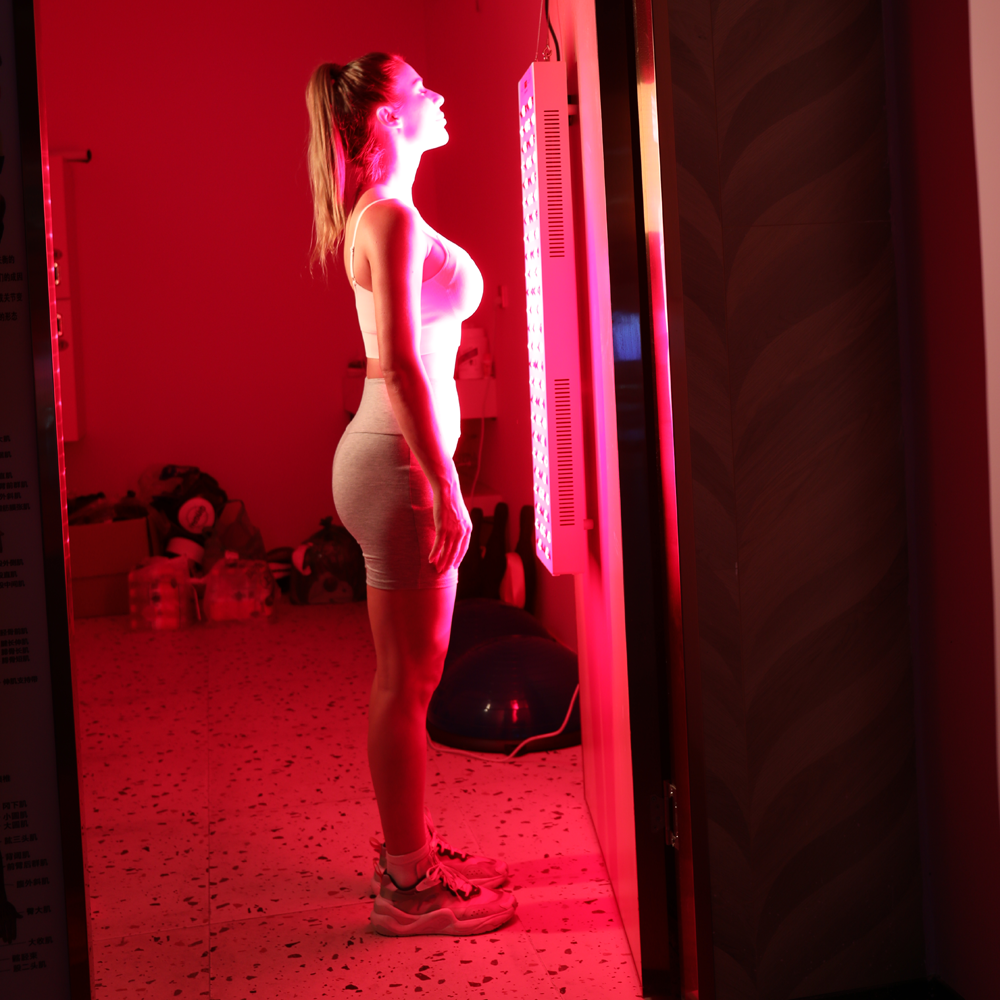
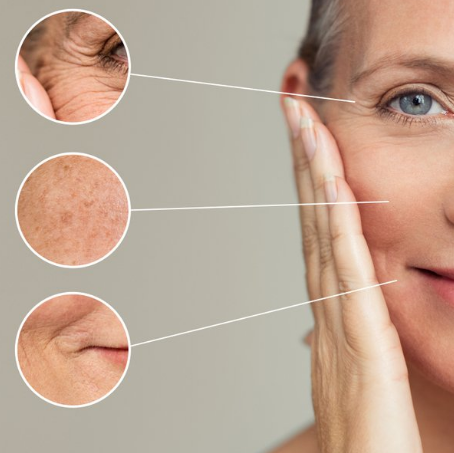
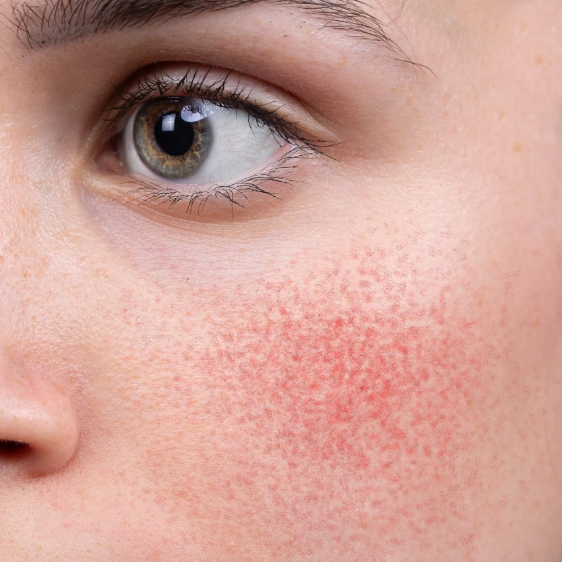
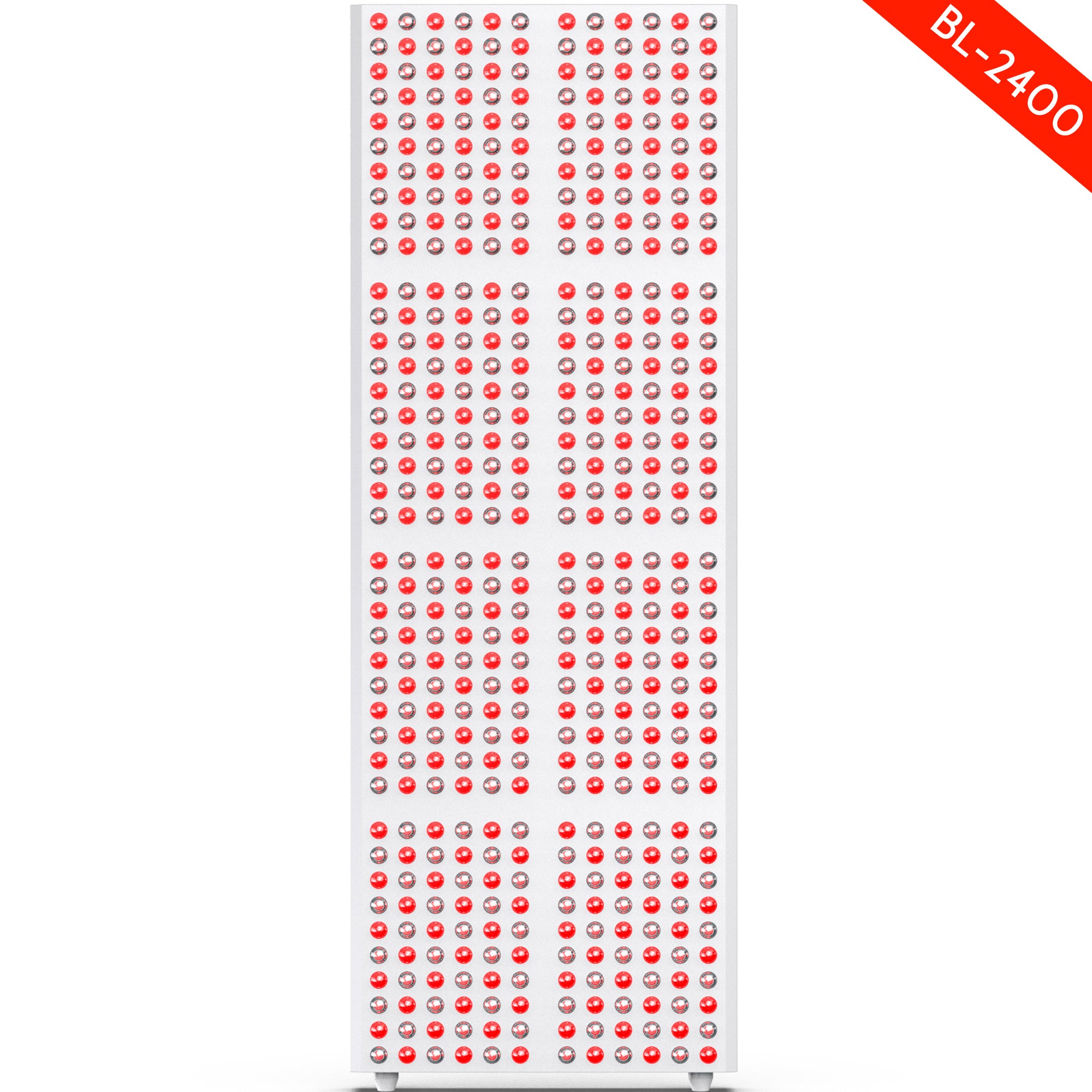
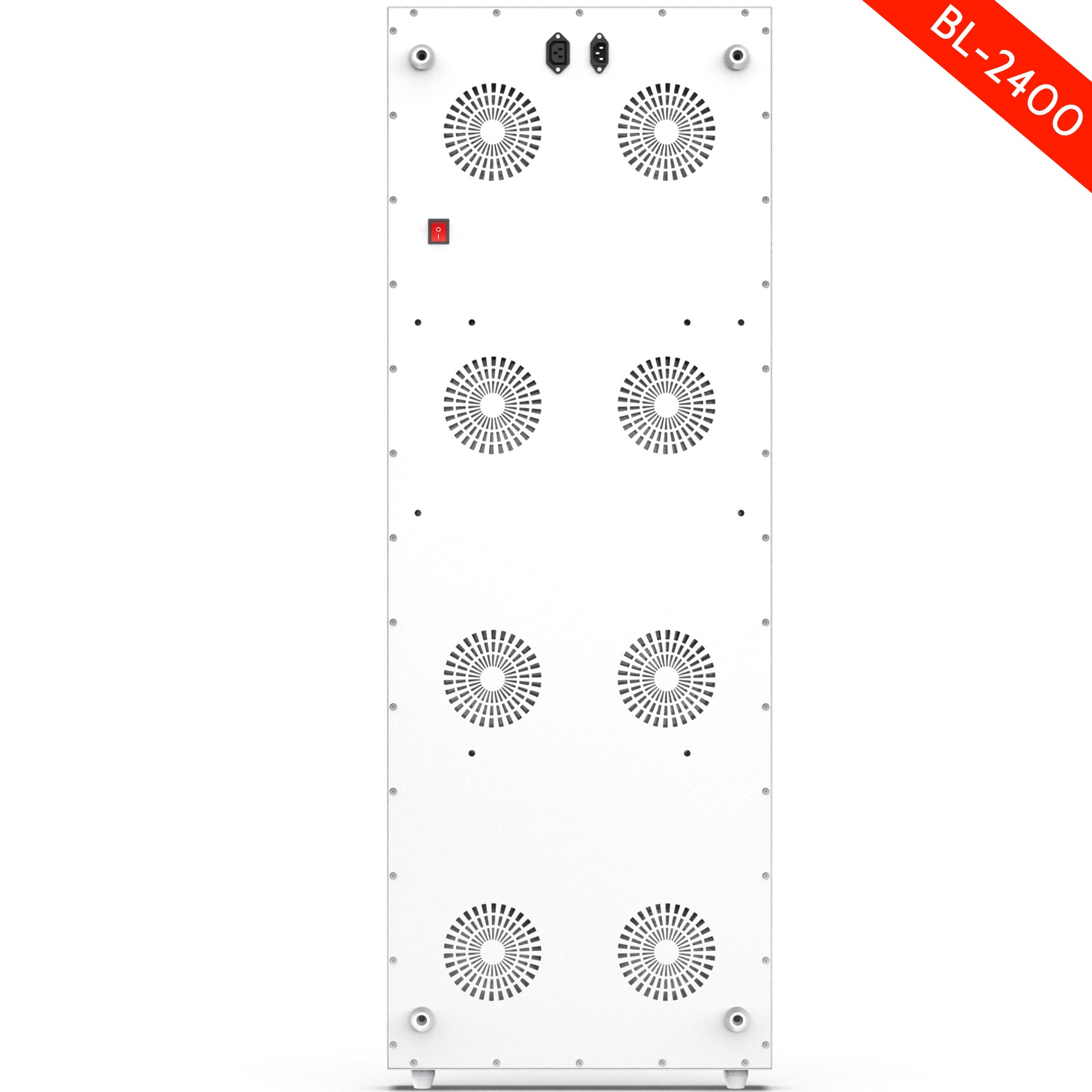
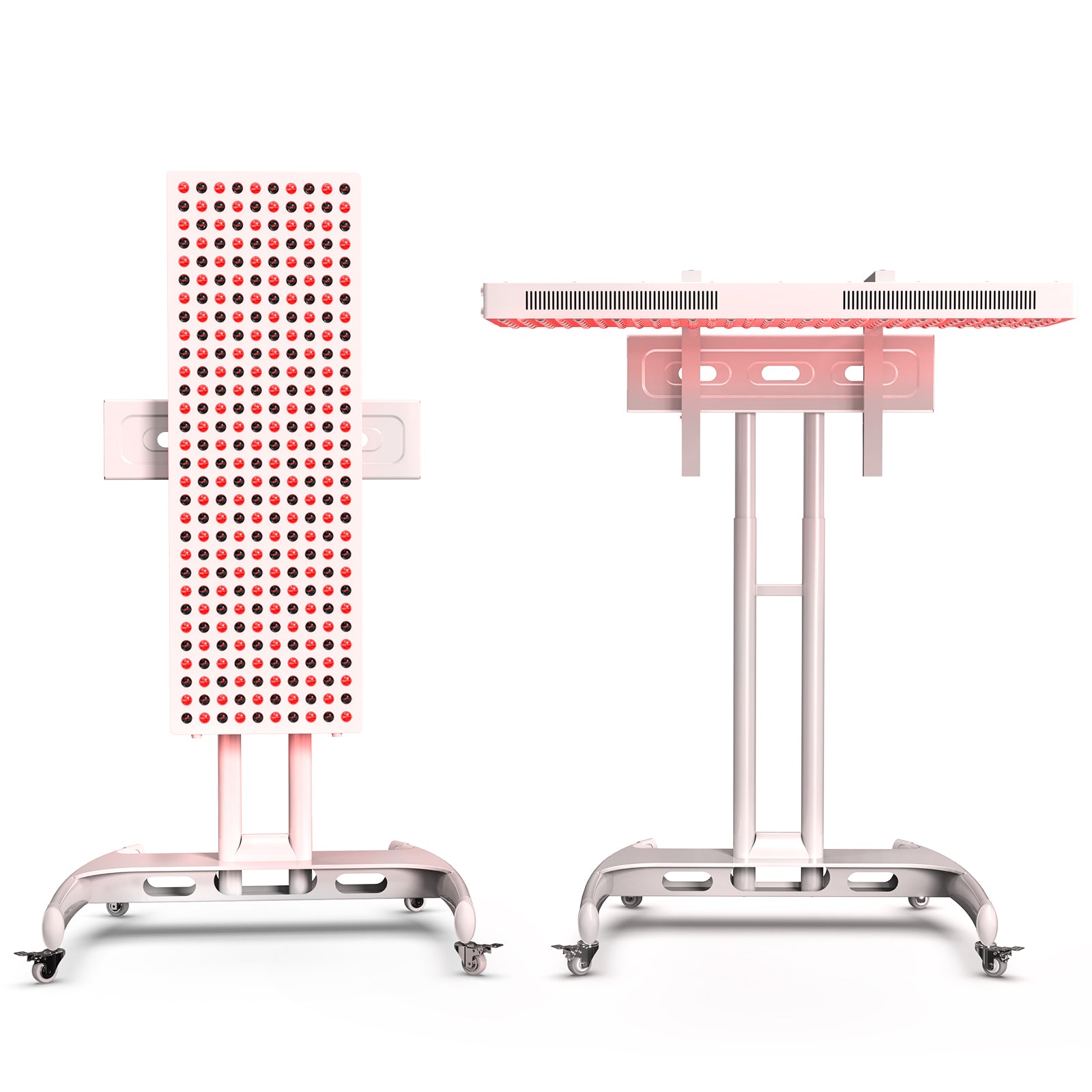

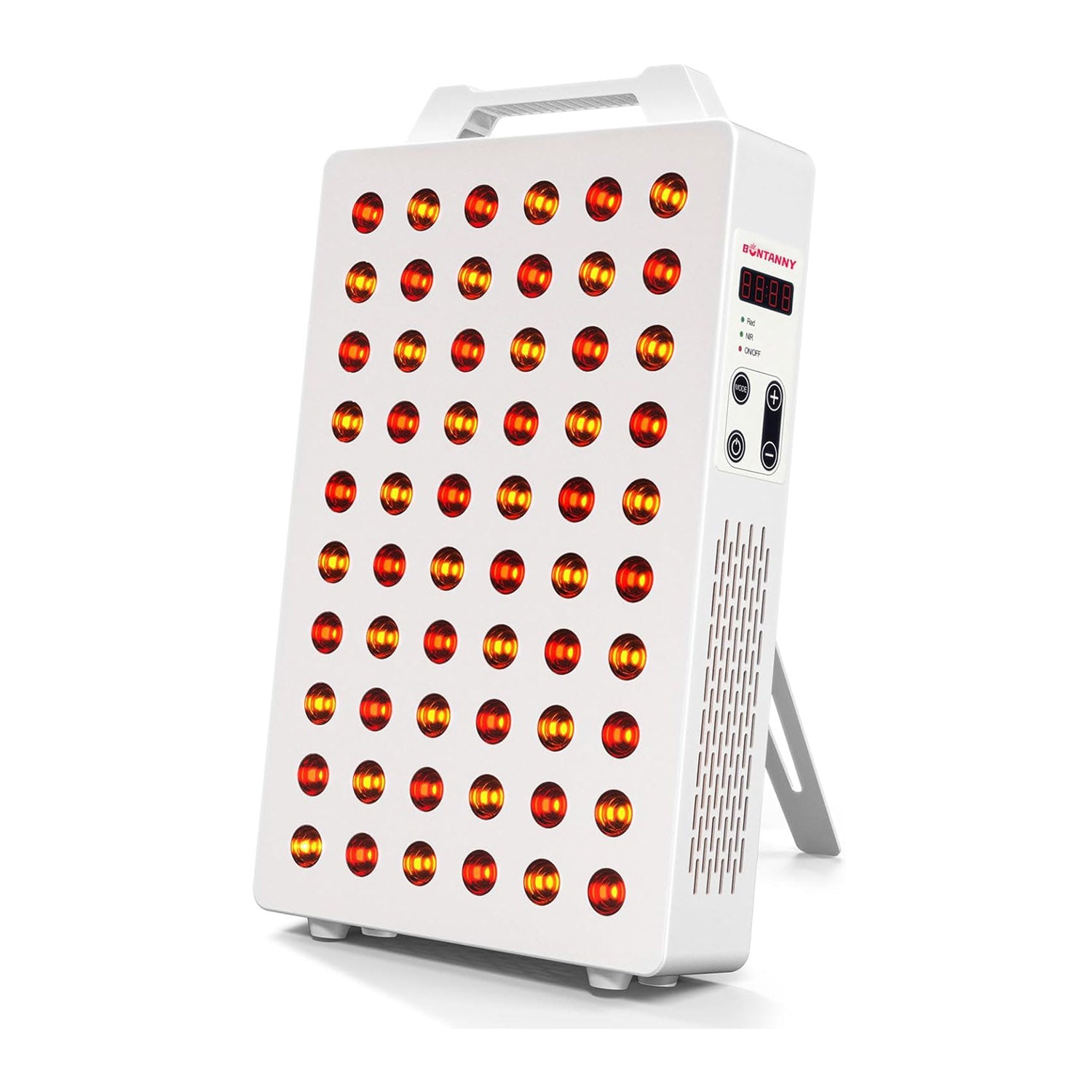
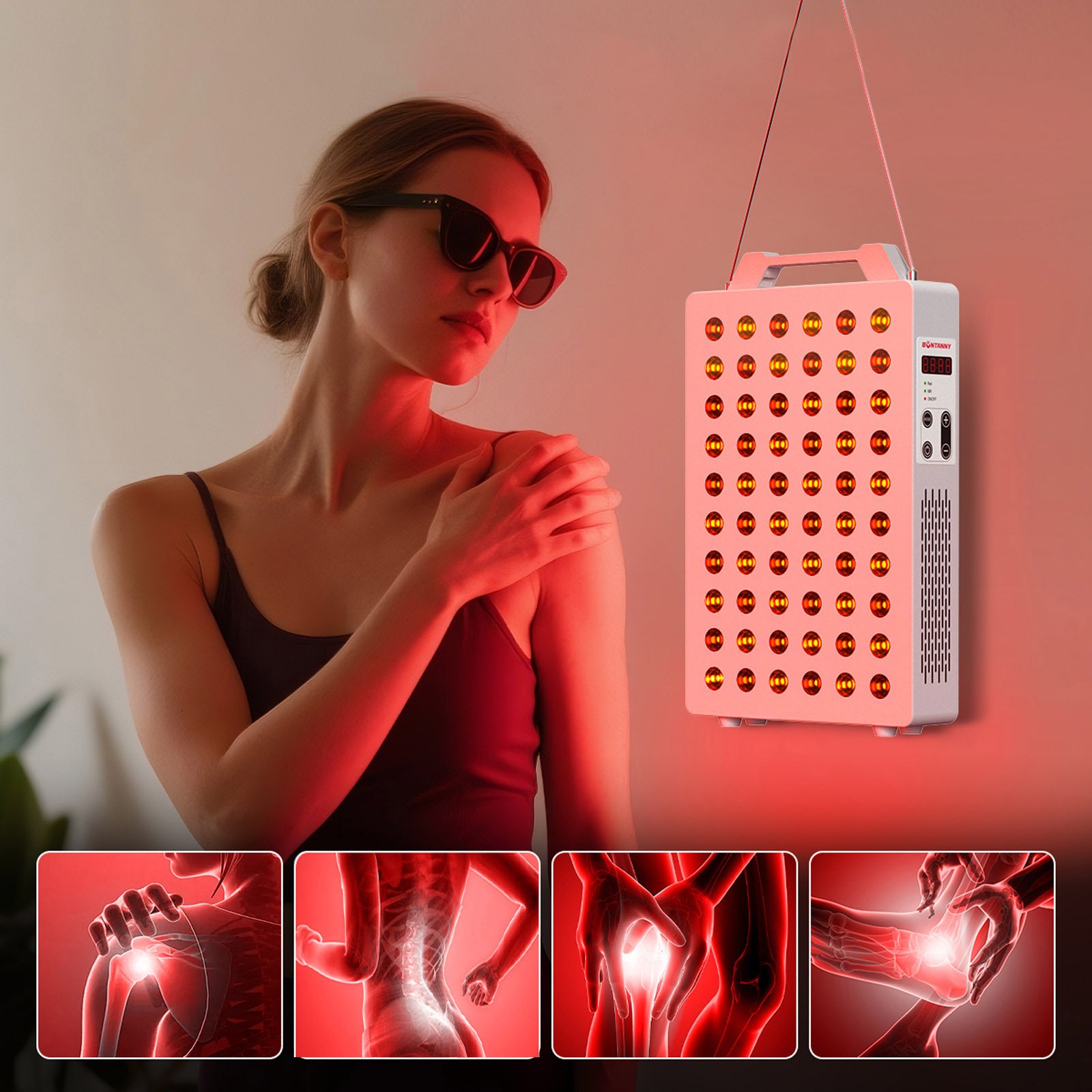
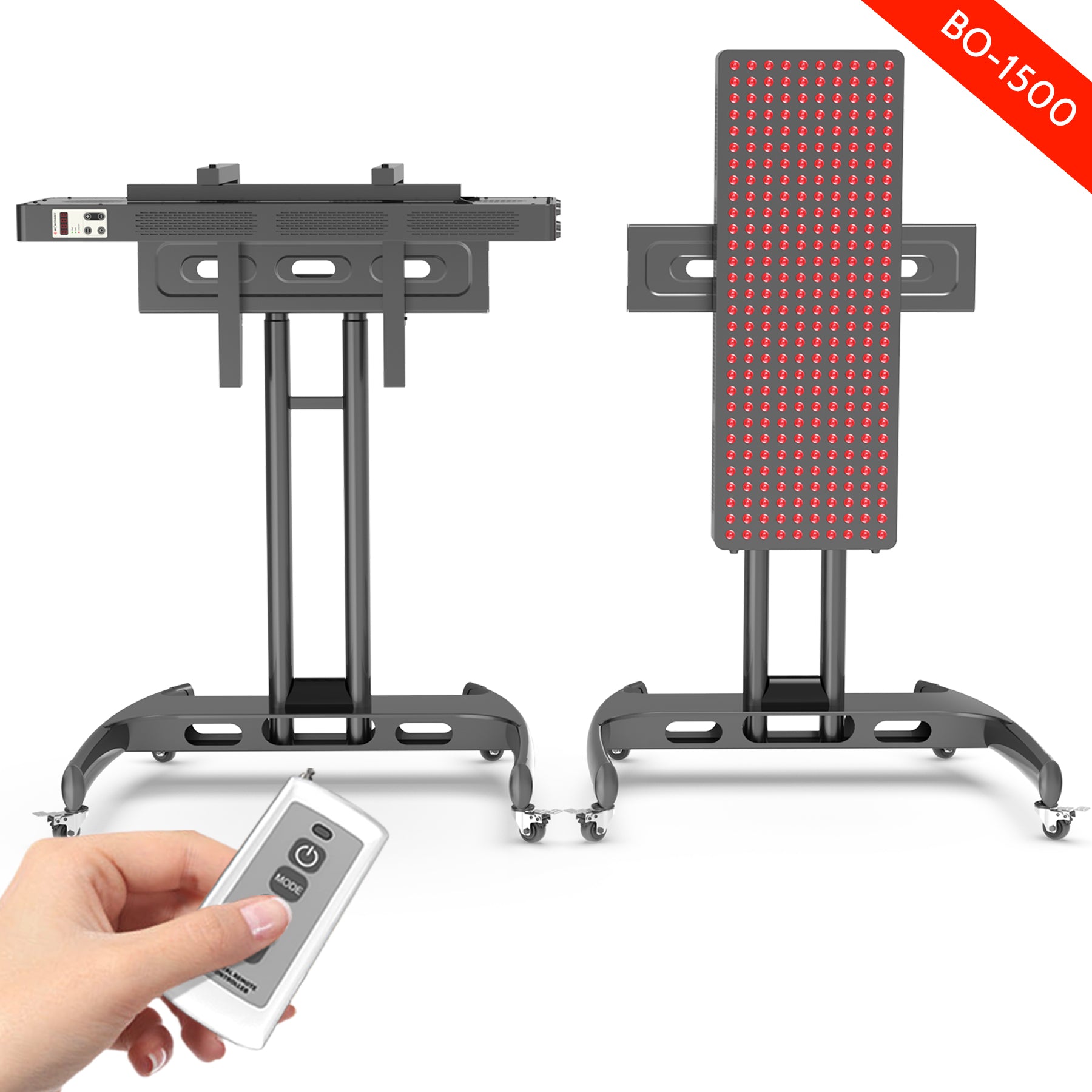
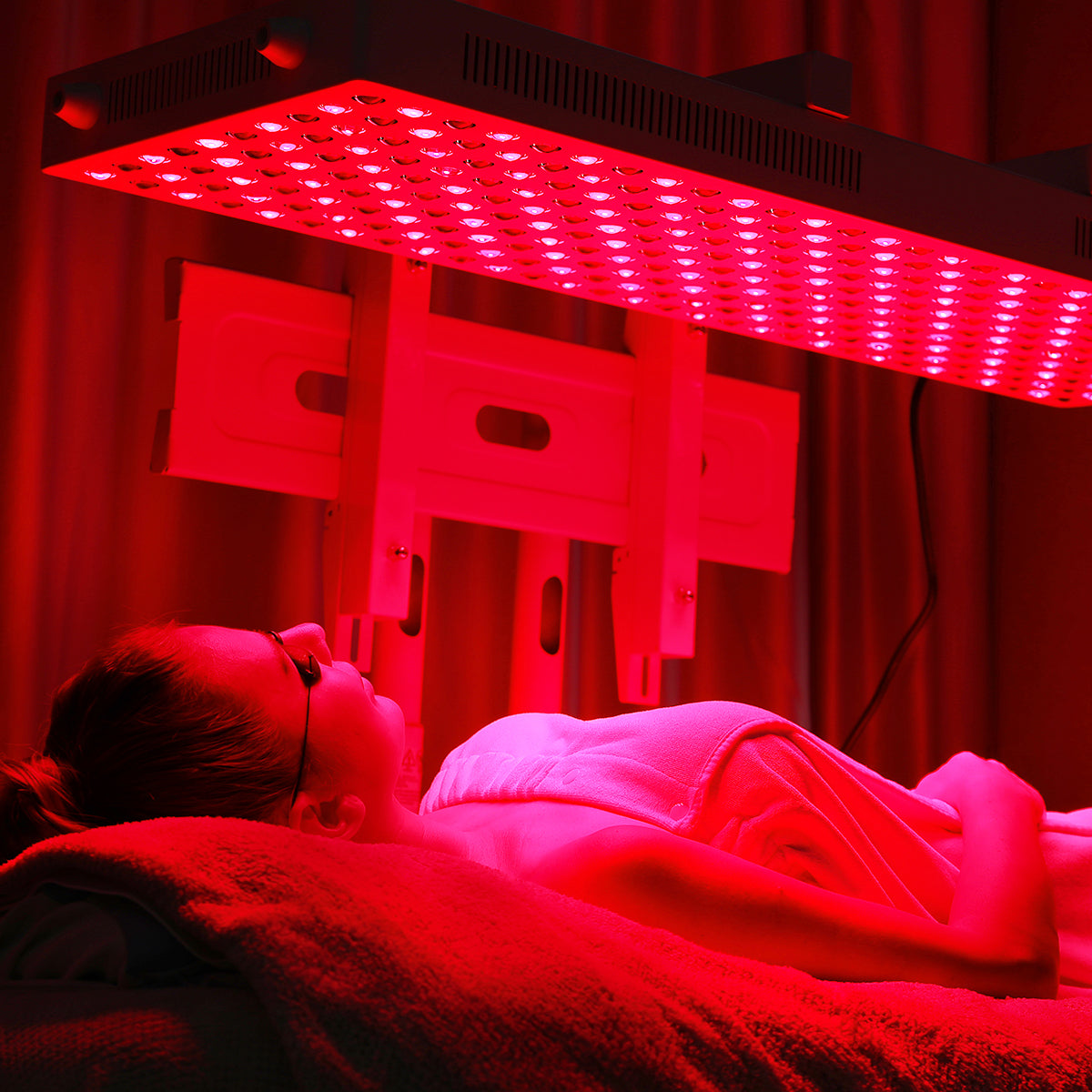
Leave a comment
This site is protected by hCaptcha and the hCaptcha Privacy Policy and Terms of Service apply.